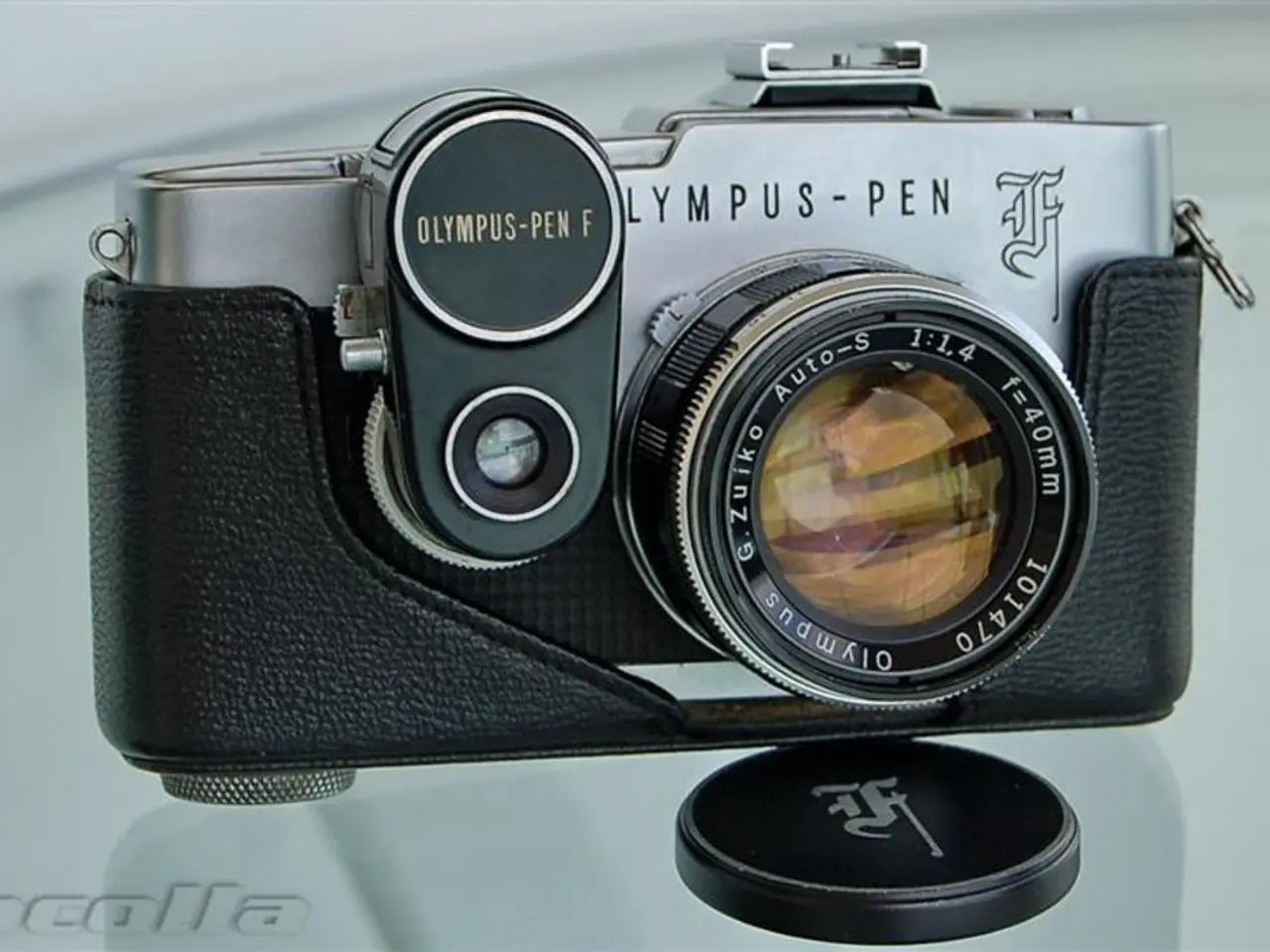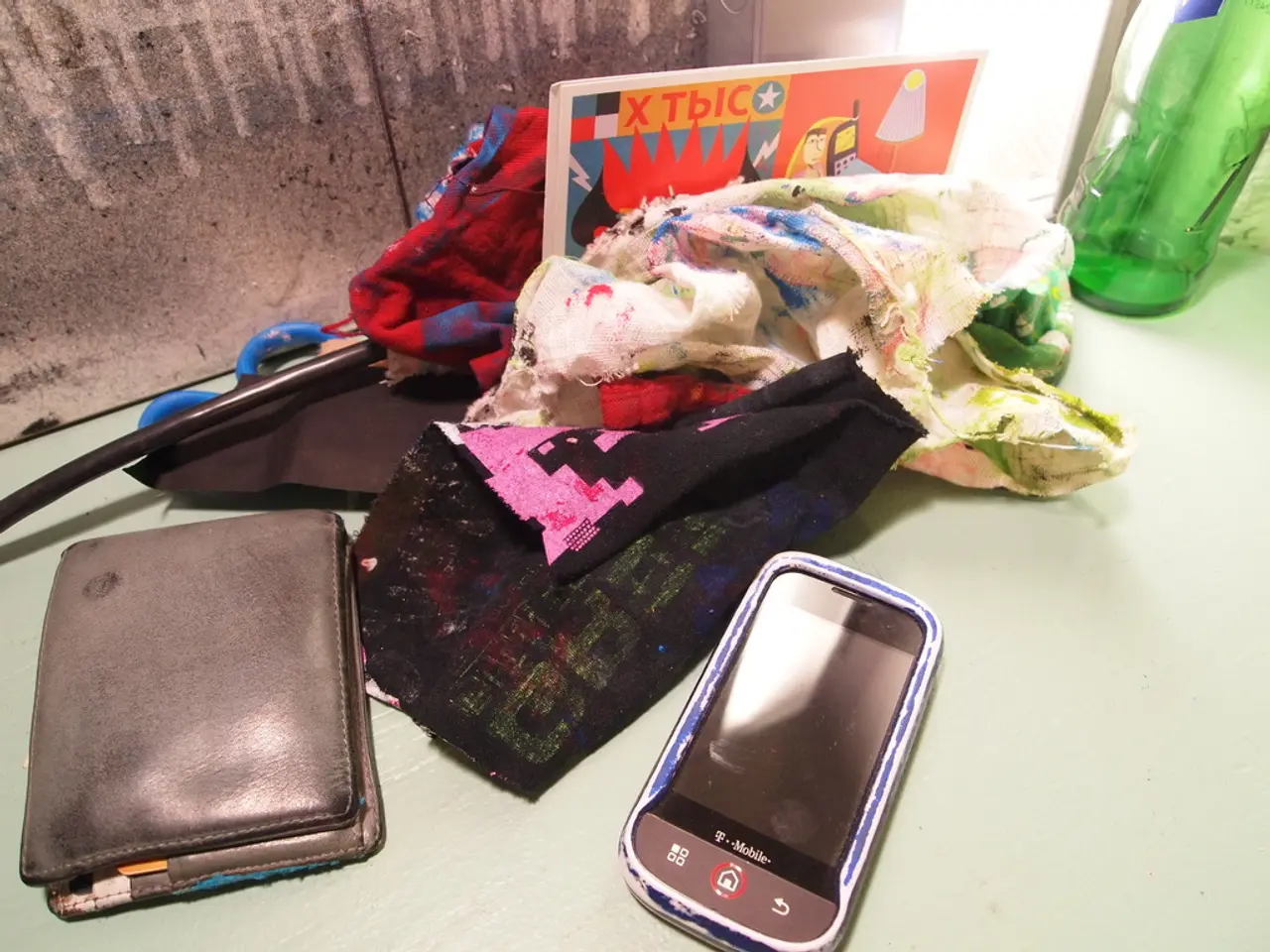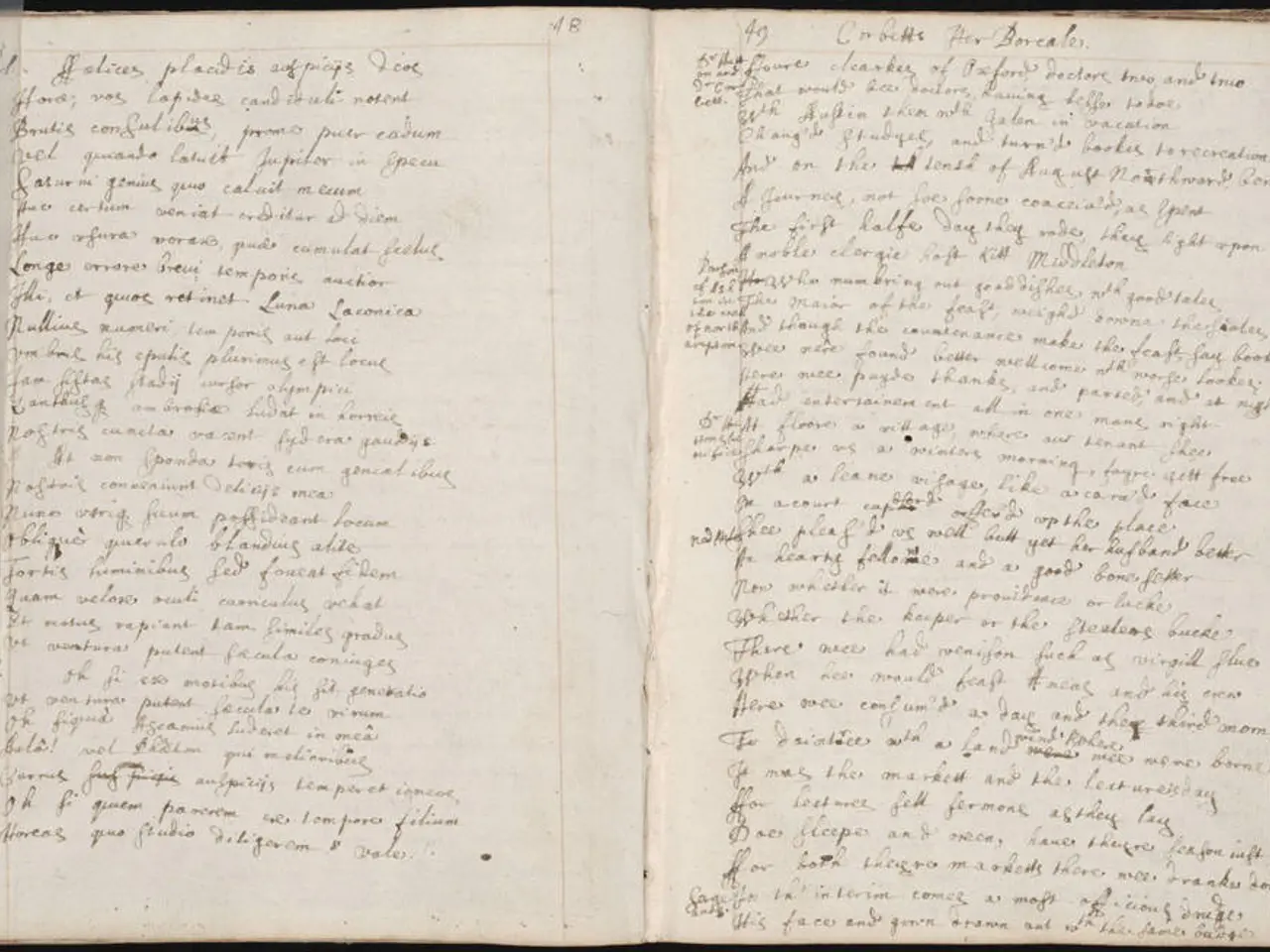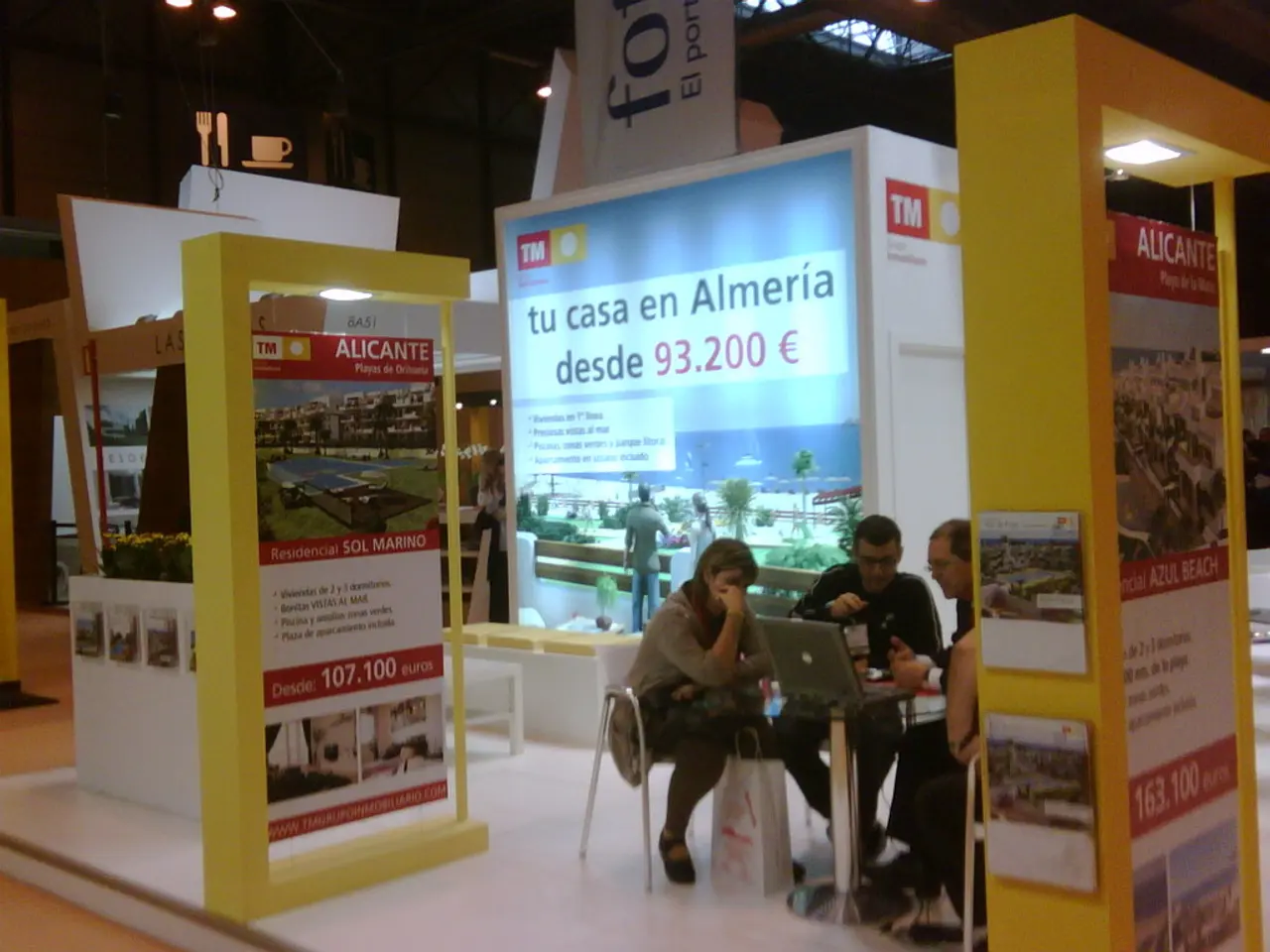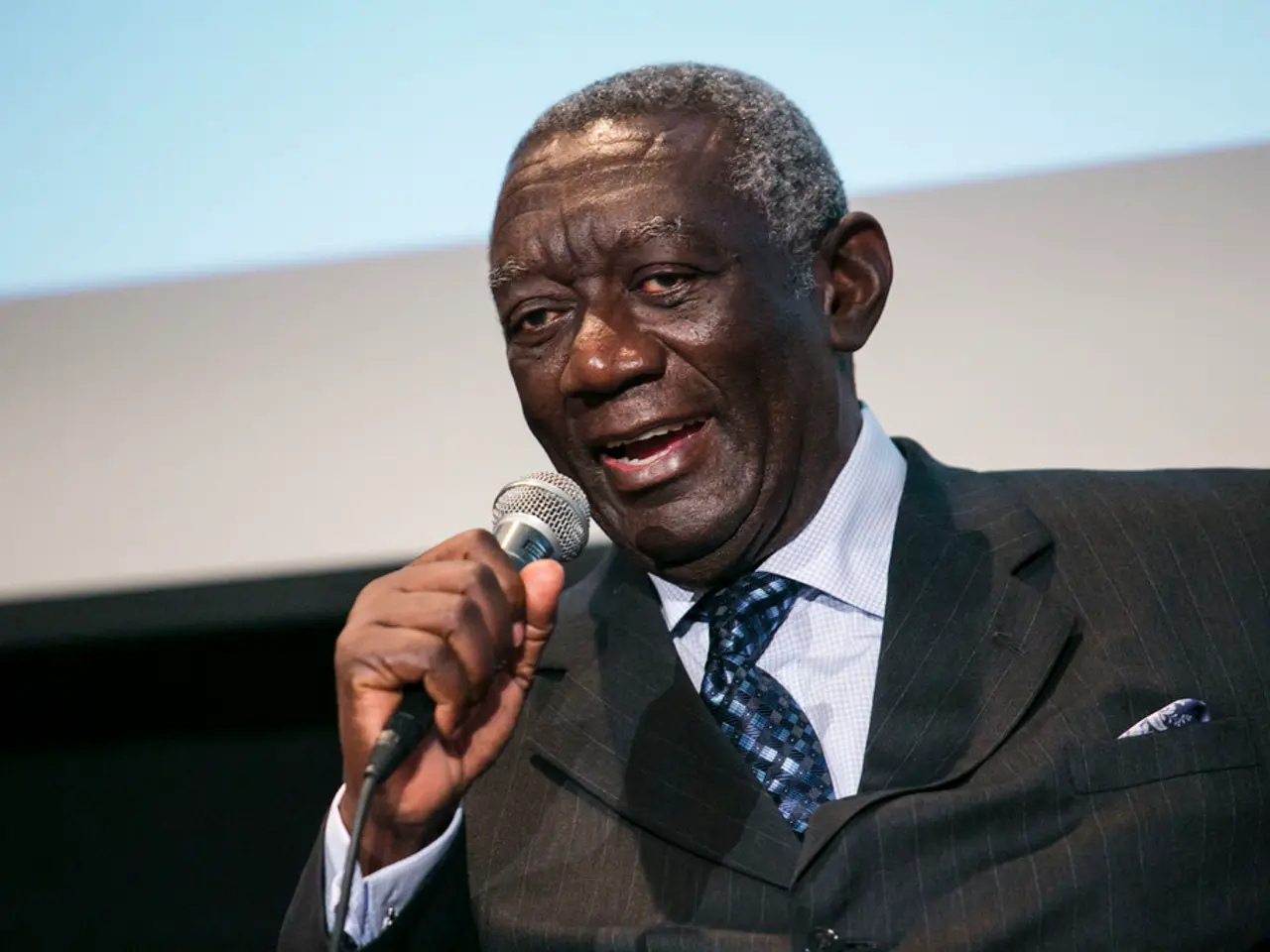Underwater photography enthusiasts rave about the Nikon Z7, touting it as their preferred choice.
The Nikon Z7II, the latest addition to Nikon’s flagship mirrorless line, is making waves in the photography world, particularly for its performance in macro and low-light underwater photography.
With a 45.7 MP full-frame sensor, the Z7II boasts high resolution, akin to the Nikon D850 DSLR. However, the Z7II surpasses the D850 in autofocus coverage and low-light AF sensitivity, making it a formidable contender for challenging focus situations.
In underwater macro photography, the Z7II's advanced autofocus coverage and sensitivity, combined with its high resolution, give it an edge over the D850's more traditional DSLR system. The mirrorless design also allows for better subject tracking and eye detection, increasing the chances of sharp focus on small, moving subjects typical in macro work.
The Ikelite 45-degree magnified viewfinder works seamlessly with the Z7's electronic viewfinder, allowing for a whole dive to be shot with the eye on the viewfinder. The FTZ adapter also allows for high-quality F-mount glass options to be transitioned to the new Z-mount glass.
Underwater tests were conducted with a Nikkor 8-15mm (circular) fisheye lens, a Nikkor 105mm f/2.8 macro lens, Ikelite macro port, dual Ikelite DS-161 strobes, and a DL1 DS Link Nikon TTL converter. The autofocus on the Z7 performed well underwater, particularly in low-light conditions.
The Ikelite housing's ISO control button could be improved, as it requires pressing both the button and dial underwater. A change or addition to the "info" menu on the camera would make this operation smoother.
The Z7II's battery life is not exceptional and a spare battery is recommended. Its continuous mode does not perform as well as hoped for fast-moving subjects, but its performance in low light and image quality more than compensates.
The Nikon Z7II's video quality is better than the Nikon D850, with its auto focus full-time function outperforming most competing cameras. Its flash sync speed of 1/200th can make good sun ball shots challenging, but this is a common issue with many cameras.
In conclusion, for underwater macro and low-light photography, the Nikon Z7II stands out within Nikon’s ecosystem by combining superior focusing technologies, high resolution, and mirrorless advantages. The D850, on the other hand, remains a strong choice for traditional DSLR users wanting the best image quality and base ISO performance.
- The Nikon Z7II's advanced autofocus coverage and sensitivity make it a superior choice for underwater macro photography.
- The mirrorless design of the Nikon Z7II allows for better subject tracking and eye detection in underwater macro work.
- Ikelite's 45-degree magnified viewfinder is compatible with the Nikon Z7's electronic viewfinder for extended underwater photography sessions.
- The Nikkor 8-15mm circular fisheye lens, Nikkor 105mm f/2.8 macro lens, Ikelite macro port, dual Ikelite DS-161 strobes, and DL1 DS Link Nikon TTL converter were used during underwater tests with the Nikon Z7II.
- The autofocus on the Nikon Z7II performed well underwater, particularly in low-light conditions.
- The Ikelite housing's ISO control button requires pressing both the button and dial underwater, which could be streamlined for smoother operation.
- The Nikon Z7II's battery life is not exceptional and a spare battery is recommended for extensive underwater shoots.
- The Nikon Z7II's video quality is better than the Nikon D850, and its full-time auto focus function outperforms most competing cameras.
